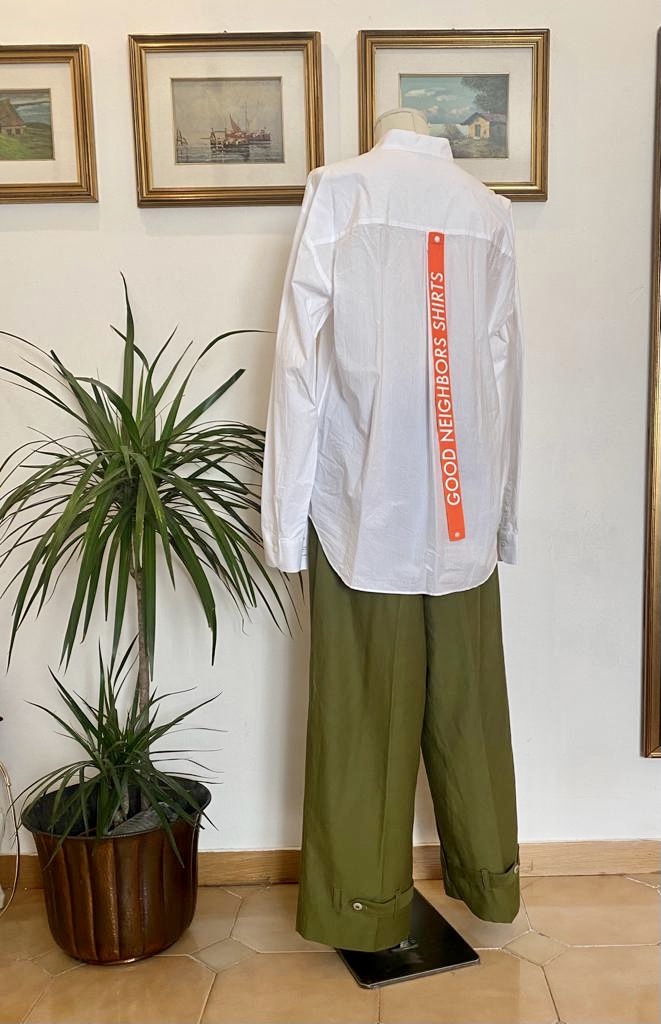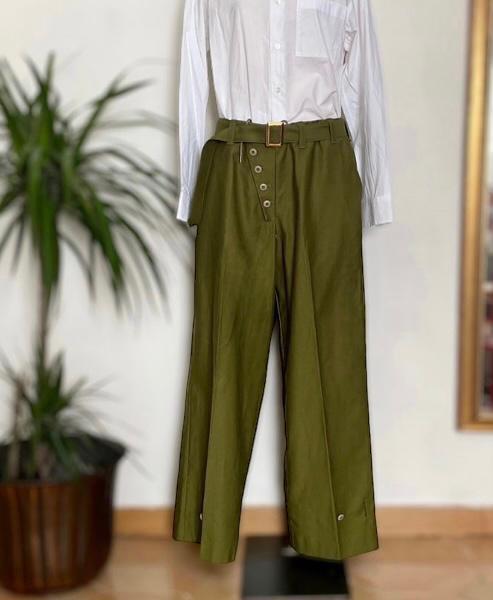EU Commission: a plan against greenwashing
Can non-mandatory rules fight greenwashing?
On March 22nd, the EU Commission released a plan against greenwashing claims. But these new rules leave some leeway that will probably generate more confusion.
Environmental claims aren’t reliable!
Over the last five years, we started digging deep into sustainable matters. And how tricky it is for people to understand which label is sustainable or not. That is because of greenwashing: the process of brands and companies deceiving consumers to believe they are green when they are not. Obviously, brands release fake green claims to sell more. Indeed, the sustainability business is flourishing! And perhaps, those who believe in fairy tales are happy with it!
The plan to fight greenwashing
These are the data:
53% of green claims are vague, misleading or unfounded information.
40% of claims have no supporting evidence.
1/2 Half of all green labels offer weak or non-existent verification.
There are 230 sustainability labels and 100 green energy labels in the EU, with vastly different levels of transparency.
Hence, the new criteria want to make green claims reliable across the EU, protecting consumers from greenwashing. Also, contribute to creating a circular economy based on reuse, repair, and recycling.
Expected impacts
“With certain consumers purchasing products that will be truly better for the environment, it is estimated that the impacts on the environment will be highly positive.”
Now the above statement may sound like greenwashing, too! In fact, the only “better for the environment” is a drastic reduction of new products and not more eco-products!
The controversial point
“However, it remains a decision of companies to include (or not) environmental claims in their voluntary commercial communications. This means that the companies can control their costs by determining the scope of the claim (if any) considering its expected return on investment. In short, the costs of substantiation are of a voluntary nature to companies as they are part of one’s marketing strategy and therefore credible estimations of the overall cost for the Union market are difficult.”
Therefore, rules aren’t mandatory for companies. Indeed, businesses have been given leeway on how to provide their evidence. Likewise, governments will be able to decline the guidelines when they transpose them into national legislation.
In conclusion, without unified regulations, the EU plan to fight greenwashing won’t stop greenwashing!
EU Commission: a plan against greenwashing Read More »

